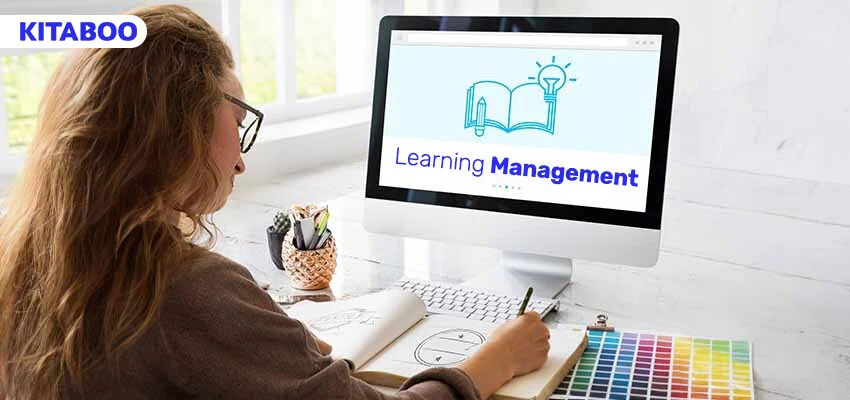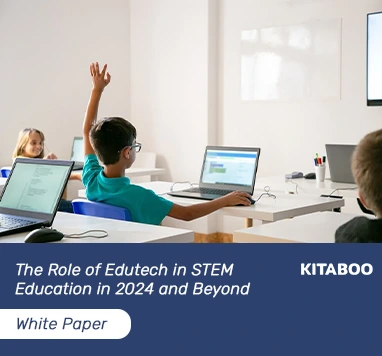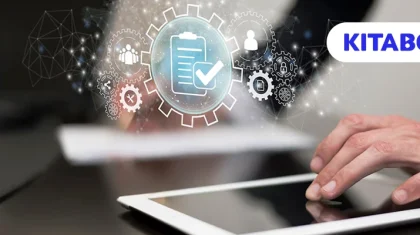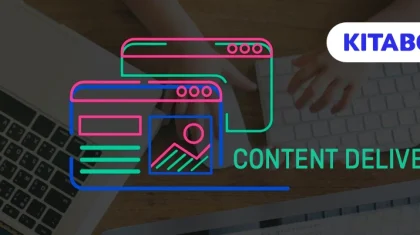
Navigating the Digital Realm: Learning Content Management Systems in Higher Ed Publishing
In the realm of higher education publishing, the Learning Content Management System (LCMS) stands out as a key player. This tool is reshaping how educational materials are made, organized, and shared.
As universities and colleges depend on the digital world, the adoption of an LCMS is not just an option but a necessity to stay relevant and effective.
In this post, we will explore their integral role and impact, offering insights into how they are revolutionizing the way educational content is curated and disseminated in an increasingly digitized world. Let’s start!
Table of Contents:
I. The Role of Learning Content Management Systems in Higher Education
II. Advantages of LCMS in Academic Content Creation and Management
- Efficient Content Update and Management
- Personalization and Customization
- Interactive and Engaging Learning
- Centralized Resource Repository
III. Integrating LCMS with Current Educational Practices
- Faculty Training and Onboarding
- Curriculum Alignment
- Blended Learning Approach
- Student-Centered Learning
- Assessment and Feedback Integration
- Collaboration and Communication Enhancement
- Resource Optimization
IV. Future of Digital Publishing in Higher Education
- Increased Personalization
- Immersive Learning Technologies
- Integration of Real-Time Data
- Eco-friendly Publishing
V. Conclusion
The Role of Learning Content Management Systems in Higher Education
Learning Content Management Systems (LCMS) have become indispensable in higher education, serving as the backbone for efficient content creation, customization, and distribution.
Consider a biology professor who needs to incorporate the latest research findings into their curriculum. With an LCMS, they can quickly integrate new information, add interactive elements like quizzes, and instantly distribute the updated content to students. This agility enhances the learning experience and ensures that educational content remains at the forefront of academic advancements and industry trends.
In this regard, digital textbook platforms like KITABOO emerge as powerful allies to LCMS and provide a seamless interface for educators to organize and present content. This platform facilitates easy access to a variety of resources and fosters collaborative learning environments.
Advantages of LCMS in Academic Content Creation and Management
The adoption of Learning Content Management Systems (LCMS) in academic content creation and management offers the following advantages:
Efficient Content Update and Management
LCMS allows for swift updates and management of course materials. Educators can easily revise and distribute content, ensuring it remains current and relevant.
Personalization and Customization
LCMS empowers educators with the ability to personalize and customize content according to the unique needs of their students. From tailoring lessons to accommodating different learning styles, LCMS fosters an adaptable and student-centric approach to education.
In this context, digital textbook platforms like KITABOO play a complementary role and provide a user-friendly interface for educators to implement personalized and customized content seamlessly.
Interactive and Engaging Learning
With features like quizzes, multimedia integration, and interactive modules, LCMS makes learning more engaging and interactive, enhancing student involvement and retention.
Centralized Resource Repository
LCMS serves as a centralized platform for all educational materials, streamlining access and organization. This consolidation simplifies the process of content retrieval and sharing among faculty and students.
Integrating LCMS with Current Educational Practices
Integrating Learning Content Management Systems (LCMS) with current educational practices is a strategic move toward enhancing the effectiveness and reach of education.
This integration process involves several key steps:
1. Faculty Training and Onboarding
Educators need comprehensive training to use LCMS tools effectively. This includes understanding how to create, manage, and update digital content, as well as how to use interactive features to engage students.
2. Curriculum Alignment
The content within the LCMS should be aligned with the existing curriculum. This ensures that the digital content supports and enhances the learning objectives and outcomes already in place.
3. Blended Learning Approach
Integrating LCMS often involves adopting a blended learning model, which combines traditional classroom methods with online learning. This approach allows for a seamless integration of digital content into existing teaching methodologies.
4. Student-Centred Learning
LCMS can facilitate a shift towards a more student-centric approach. By using data and analytics from the LCMS, educators can personalize learning experiences, catering to individual student needs and learning styles.
5. Assessment and Feedback Integration
Incorporating assessment tools available in LCMS into the regular evaluation process allows for more consistent and immediate feedback. This can lead to a better understanding of student progress and areas needing attention.
6. Collaboration and Communication Enhancement
LCMS can be used to foster better collaboration and communication among students and between students and teachers through discussion forums, group projects, and peer-review systems.
7. Resource Optimization
Future of Digital Publishing in Higher Education
The future of digital publishing in higher education is poised for significant transformation, driven by technological advancements and changing academic needs.
Key trends likely to shape this landscape include:
1. Increased Personalization
Future digital publishing will likely focus on hyper-personalized content, adapting to individual learning styles and preferences. Advanced analytics and AI will enable more nuanced and responsive content, offering a tailored learning experience for each student.
2. Immersive Learning Technologies
Augmented Reality (AR) and Virtual Reality (VR) will become integral in digital textbooks and resources, providing immersive learning experiences that enhance understanding and engagement. These technologies will allow students to explore complex concepts in a more interactive and hands-on manner.
3. Integration of Real-Time Data
Real-time data and feedback mechanisms will be embedded in digital publications, allowing educators to track student progress and adapt teaching methods accordingly. This continuous feedback loop will enable more responsive and effective education.
4. Eco-friendly Publishing
As sustainability becomes a global priority, digital publishing will be viewed as a greener alternative to traditional textbooks, reducing paper use and the environmental impact of book production.
Conclusion
When it comes to the higher education sector, LCMS not only serves as the backbone for efficient content creation and management but emerges as a transformative force shaping the future of learning.
The ability to personalize and customize content based on individual student needs sets LCMS apart, creating a student-centric educational landscape.
In collaboration with digital textbook platforms like KITABOO, LCMS opens up new dimensions of engagement and interactivity. The platform’s ability to integrate seamlessly with other systems, such as Learning Management Systems (LMS), and the availability of an SDK for deep embedding into existing systems shows its flexibility and adaptability in different educational settings.
Write to us at contact@kitaboo.com for more info!
Discover how a mobile-first training platform can help your organization.
Kitaboo is a cloud-based platform to create, deliver & track mobile-first interactive training content.







